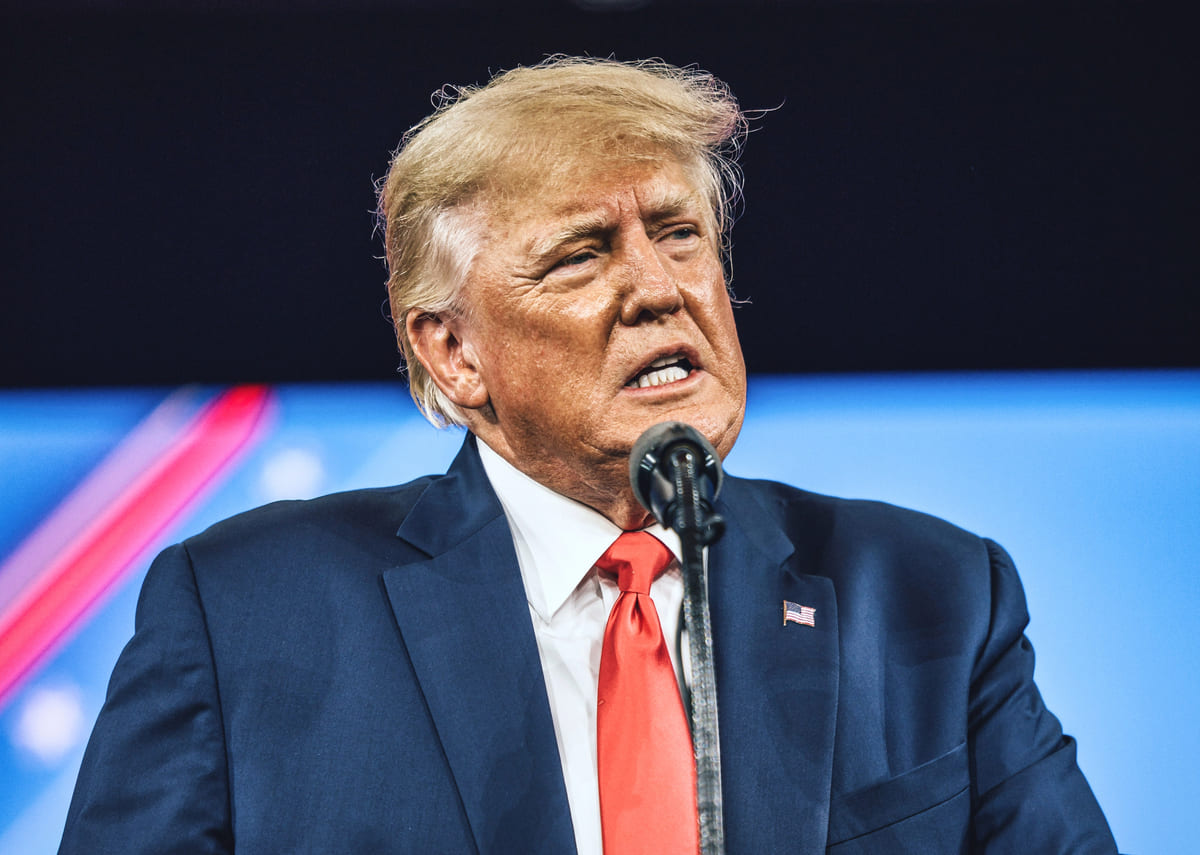
U.S. exit from the Paris Climate Agreement (again)
On January 20, during his first day back in office, Donald Trump signed several executive orders reversing much of the climate and energy policies enacted by the Biden administration. Among them was a renewed exit from the Paris Climate Agreement, the promotion of fossil fuel production under a “national energy emergency,” a block on offshore wind development, and a rollback of numerous protections for fragile ecosystems.
These decisions marked a sharp U-turn for U.S. climate and energy policy. Trump also issued other controversial orders, such as withdrawing from the World Health Organization, halting federal agency hiring, repealing DEI (diversity, equity, inclusion) policies, and taking steps to eliminate birthright citizenship.
Exit from the Paris Climate Agreement
Trump signed an executive order to withdraw the U.S. from the Paris Climate Agreement. While this decision will take a full year to take effect, the administration asserted its immediate validity. During his inaugural address, Trump stated, “The United States will not sabotage our industries while China pollutes with impunity.” He argued that the agreement was both ineffective and costly for the U.S., claiming it would save the country $1 trillion.
Without the world’s second-largest emitter, achieving global climate goals set by the Paris Agreement will become increasingly challenging. Other nations will face added pressure to accelerate greenhouse gas reductions to stay below the 2°C warming target.
Fossil Fuel Promotion and National Energy Emergency
Trump declared a “national energy emergency” and announced measures to expand oil and gas extraction. Despite the U.S. already being the world’s largest fossil fuel producer for over a decade, this declaration suspends some environmental regulations and fast-tracks permits for resource exploitation, including protected areas such as Alaska.
“We will drill, baby, drill,” Trump proclaimed, emphasizing that America’s vast oil and gas reserves provide a competitive advantage unmatched by any other manufacturing nation.
Revoking support for electric vehicles
Among the 78 executive orders rolled back in a matter of hours, Trump repealed a 2021 measure targeting 50% electric vehicle (EV) sales by 2030. He justified this move by claiming it would harm American industries while allowing China to continue polluting.
Although Biden’s target was non-binding, it had been supported by major automakers.
Offshore wind development freeze
Trump froze the federal leasing program for offshore wind projects, hindering the development of renewable energy in states like New York and Massachusetts. His administration cited economic and logistical concerns, alongside unsubstantiated claims about the dangers of wind farms to marine life, such as whales.
According to a 2022 estimate by the National Renewable Energy Laboratory, the U.S. has an offshore wind potential of 1,476 GW from fixed-bottom turbines and 2,773 GW from floating turbines.
Defunding the inflation reduction act
Trump directed federal agencies to withdraw unspent funds from the Inflation Reduction Act (IRA), a cornerstone of Biden’s clean energy transition. This move aims to limit investments in clean energy and low-carbon technologies. However, much of the allocated funding is unlikely to be recoverable.
Rollback of vehicle emissions standards
The Trump administration began dismantling vehicle emissions standards set under Biden’s leadership. These standards aimed to reduce air pollution and greenhouse gas emissions, but the rollback favors traditional automakers.
Opening federal lands for resource extraction
Trump announced plans to open extensive federal lands, including environmentally sensitive areas in Alaska, for oil, gas, and mineral extraction.